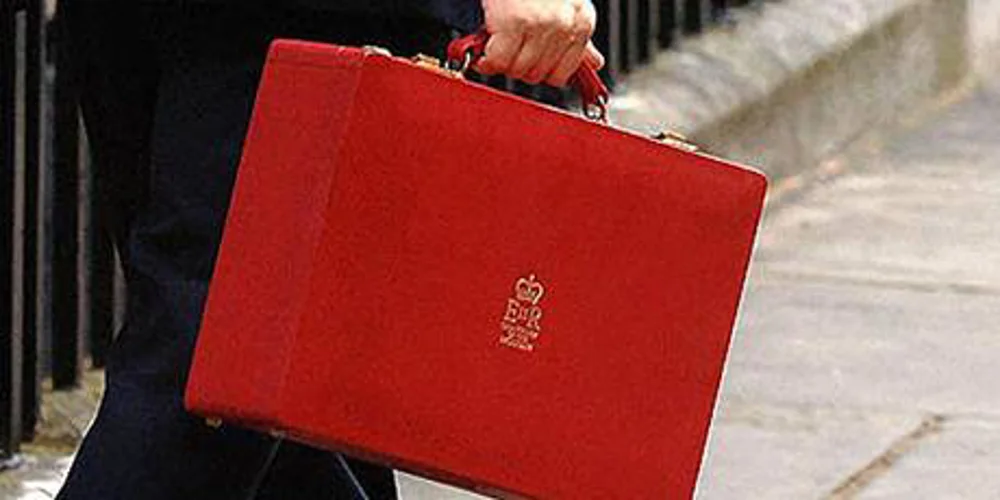30% US tariffs set for EU goods – what’s the impact
Topics

One of the sharpest unilateral trade actions in recent years is currently heading our way on 1st August 2025 with President Trump’s announcement of a 30% tariff on all European Union goods. This represents a significant escalation from the existing framework and requires immediate attention from anyone dealing with US trade operations from classification to compliance to supply chains.
The policy framework
Trump’s announcement on the 12th July 2025 came via a letter addressed to the European Commission President Ursula von der Leyen, posted on the president’s Truth Social platform.
This tariff structure builds upon the existing reciprocal tariff framework that was established earlier in 2025. The EU had previously been subject to a 20% reciprocal tariff rate as part of this broader policy framework.
On April 2, President Trump specified the “reciprocal” tariff rate on imports from the EU would be 20%, though the EU’s reciprocal tariff rate was being paused at the 10% baseline due to the EU’s retaliatory tariffs not yet going into effect.
So far, we’ve seen the European Commission signal a readiness to retaliate with mirroring duties on US exports and extend a suspension on counter-measures to allow continued dialogue. We wait.
Economic context to EU/US tariff wars
The US is set on addressing trade imbalances, as it sees it. The policy is justified under emergency powers, citing “a lack of reciprocity in bilateral trade relationships, disparate tariff rates and non-tariff barriers, and U.S. trading partners’ economic policies that suppress domestic wages and consumption, as indicated by large and persistent annual U.S. goods trade deficits”.
The economic stakes are substantial. Total bilateral trade in goods between the EU and US reached €851 billion in 2023, with the EU exporting €503 billion of goods to the US market while importing €347 billion. In services, the EU exported €319 billion to the US while importing €427 billion, resulting in a services trade deficit of €109 billion for the EU.
Timeline and deadline
The 1st August is the date given and provides little preparation time for businesses currently engaged in EU-US trade. The EU had been set to see their US tariff level increase from a baseline of 10%, but Trump pushed back the deadline to 1st August 2025.
Trump noted in his letter that the 30% rate could increase further if the European Union implements its own import duties, suggesting this may not be the final tariff level.
What does this mean for customs classification and compliance
Duty changes: The 30% tariff represents a significant cost increase for EU imports. Customs professionals must immediately recalculate costs for all EU-origin products and assess the impact on existing supply chains and pricing structures.
Classification scrutiny: Higher tariff rates typically correlate with increased customs scrutiny. Prepare documentation for audits.
Supply chain reassessment: For some companies, the 30% tariff fundamentally alters the economic viability of many EU-sourced products. This can lead businesses to reconsider supply chain restructuring options
What next?
The 1st August deadline leaves limited time for preparation. Businesses trading with the US are looking at planning ahead for a new tariff environment.
Like the EU’s approach, balancing diplomacy with preparedness, businesses can get ahead by combining vigilance in a changing regulatory environment with flexible systems ready for rapid tariff changes. Get in touch to find out how our expert-led automated classification platform supports businesses in this evolving environment.
Read more US trade news with the end of de minimis.
Other Useful Resources
Budget analysis: The UK’s low‑value import reform
Yesterday’s UK Autumn Budget 2025 proposed a major change in the UK’s treatment of low‑value imports (LVIs), a shi...
CBAM: What you need to know for 2026
The EU’s Carbon Border Adjustment Mechanism (CBAM) is entering a decisive stage. From 1st January 2026, importers of c...
TariffTel named FDEA Export Awards finalist
We're thrilled to share that TariffTel has been shortlisted as Export Service Provider of the Year at the FDEA Export Aw...



